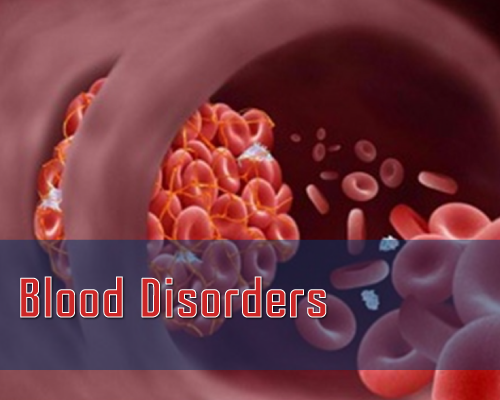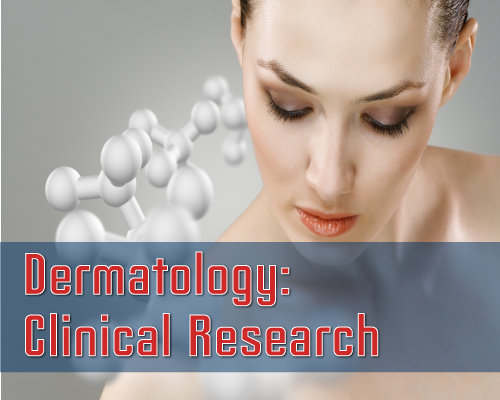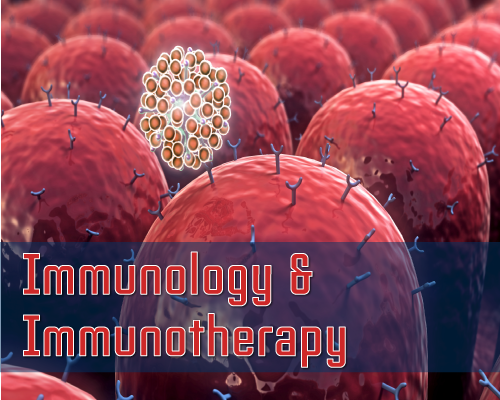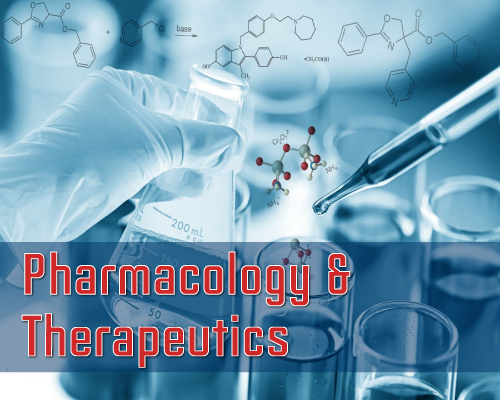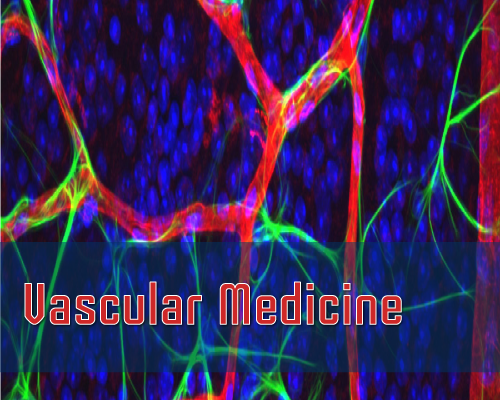Volume 2 Issue 1
Research Article: Determination of pKa from Solubility Measurements in Simple Cases when No Additional Equilibria are Present
Julia Martin1*, Sarra El Moussaoui2 and Agustin G. Asuero2
A poor solubility in water limits in a drastic way the efficacy of a drug, because the absorption phenomenon requires the drugs be in dissolution. The therapeutic activity of a drug is depending of its acid-base dissociation constant (pKa) and solubility, the knowledge of pKa values being thus of great worth. The solubility method can be very useful in spite of their limitations if an appropriate method is available to carry out the solubility measurements of scarce solubility compounds. Some examples taken from the bibliography whose behaviour is well adapted to conventional acid-base dissociation equilibria without further complications are selected for study: Calcein blue, butaperazine, sulfadiazine, tyrosine, 8-hydroxiquinoleine and niflumic acid. The pKa values have been recalculated applying the single least squares method and the classic monoprotic acid bilogarithmic model. A slope-intercept procedure is also applied to get the evaluation of acidity constants of overlapping equilibria (pKa2 and pKa3 of tyrosine). Results obtained in all cases are compared with literature data.
Keywords: pKa; Solubility measurements; Calcein blue; Butaperazine; Sulfadiazine; Tyrosine; 8-Hydroxiquinoleine; Niflumic acid
Cite this Article: Martin J, Moussaoui SE, Asuero AG. Determination of pKa from Solubility Measurements in Simple Cases when No Additional Equilibria are Present. Int J Pharma Anal Acta. 2018;2(1): 015-021.
Published: 03 September 2018
Editorial: Gamma Linolenic Methyl Ester, 5-Heptadeca-5,8,11-Trienyl 1,3,4-Oxadiazole-2-Thiol, Sulphoquinovosyl Diacyl Glycerol, Ruscogenin, Nocturnoside B, Protodioscine B, Parquisoside-B, Leiocarposide, Narangenin, 7-Methoxy Hespertin, Lupeol, Rosemariquinone, Rosmanol and Rosemadiol Nano Molecules Incorporation into the Nano Polymeric Matrix (NPM) by Immersion of the Nano Polymeric Modified Electrode (NPME) as Molecular Enzymes and Drug Targets for Human Cancer Cells, Tissues and Tumors Treatment under Synchrotron and Synchrocyclotron Radiations
Alireza Heidari*
In the current editorial, we study Gamma Linolenic Methyl Ester, 5-Heptadeca-5,8,11-Trienyl 1,3,4-Oxadiazole-2-Thiol, Sulphoquinovosyl Diacyl Glycerol, Ruscogenin, Nocturnoside B, Protodioscine B (Figure 1), Parquisoside-B, Leiocarposide, Narangenin, 7-Methoxy Hespertin, Lupeol, Rosemariquinone, Rosmanol and Rosemadiol Nano molecules (Figure 2) incorporation into the Nano Polymeric Matrix (NPM) by immersion of the Nano Polymeric Modified Electrode (NPME) as molecular enzymes and drug targets for human cancer cells, tissues and tumors treatment under synchrotron and synchrocyclotron radiations. In this regard, the development of Chemical Modified Electrodes (CEMs) is at present an area of great interest. CEMs can be divided broadly into two main categories; namely, surface modified and bulk modified electrodes. Methods of surface modification include adsorption, covalent bonding, attachment of polymer Nano films, etc. Polymer Nano film coated electrodes can be differentiated from other modification methods such as adsorption and covalent bonding in that they usually involve multilayer as opposed to monolayer frequently encountered for the latter methods. The thicker Nano films imply more active sites which lead to larger analytical signals. This advantage coupled with other, their versatility and wide applicability, makes polymer Nano film modified electrodes particularly suitable for analytical applications [1-27].
Cite this Article: Heidari A, Gamma Linolenic Methyl Ester, 5-Heptadeca-5,8,11-Trienyl 1,3,4-Oxadiazole-2-Thiol, Sulphoquinovosyl Diacyl Glycerol, Ruscogenin, Nocturnoside B, Protodioscine B, Parquisoside-B, Leiocarposide, Narangenin, 7-Methoxy Hespertin, Lupeol, Rosemariquinone, Rosmanol and Rosemadiol Nano Molecules Incorporation into the Nano Polymeric Matrix (NPM) by Immersion of the Nano Polymeric Modified Electrode (NPME) as Molecular Enzymes and Drug Targets for Human Cancer Cells, Tissues and Tumors Treatment under Synchrotron and Synchrocyclotron Radiations . Int J Pharma Anal Acta. 2018;2(1): 007-014.
Published: 18 May 2018
Julia Martin1*, Diego Trujillo2, Jose M. Jurado3 and Agustin G. Asuero2
Since were discovered by their antimicrobial activity, parabens have been widely used in many cosmetics, pharmaceuticals, personal care products and food, among others consumer products. These compounds, after human consumption, reach wastewater treatment plants, where are not efficiently removed, ending up in the environment, as well as by the direct discharge of detergents, soaps or products that may contain these compounds in their formulation. This concern has significantly boosted the number of publications in recent literature, although the number of papers on aqueous samples is still much higher compared to solid matrices, probably due to the complexity of these last. In this work, the accuracy of a new developed analytical method for the determination of emerging pollutants (Methylparaben (MeP)) in sediment samples has been carried out using recovery assays and evaluated by mean of the cofindence ellipse. The sample treatment involve steps of lyophilization, solvent extraction and clean-up of the extracts with dispersive sorbents prior to liquid chromatography-tandem mass spectrometry analysis. Fortified blank samples for MeP at seven different analyte concentration levels (2.5, 12.5, 25, 50, 125, 250y 500 ng/g) were analyzed. Recovery calculations from fortified samples were performed from linear regression of the data found for each amount (level) of fortified analyte versus data added. Finally, the methodology to build the confidence ellipse, necessary operations required and the graphical representation, is applied in order to evaluate the acuracy of the method. Successful recoveries between 84 and 108% were achieved at all tested levels, although significantly different from 100% from a statistical point of view according with the confidence ellipse. However, these values are acceptable from the % practical point of view as contemplated in the recovery table of the AOAC.
Keywords:Validation; Acuracy; Recovery assays; Confidence Ellipse; Emerging Pollutants; Sediments
Cite this Article: Martin J, Trujillo GD, Marcos JJ, Asuero AG. Recovery Assays: Determination of Methylparaben in Sediment Samples. Int J Pharma Anal Acta. 2018;2(1): 001-006.
Published: 01 March 2018
Authors submit all Proposals and manuscripts via Electronic Form!


